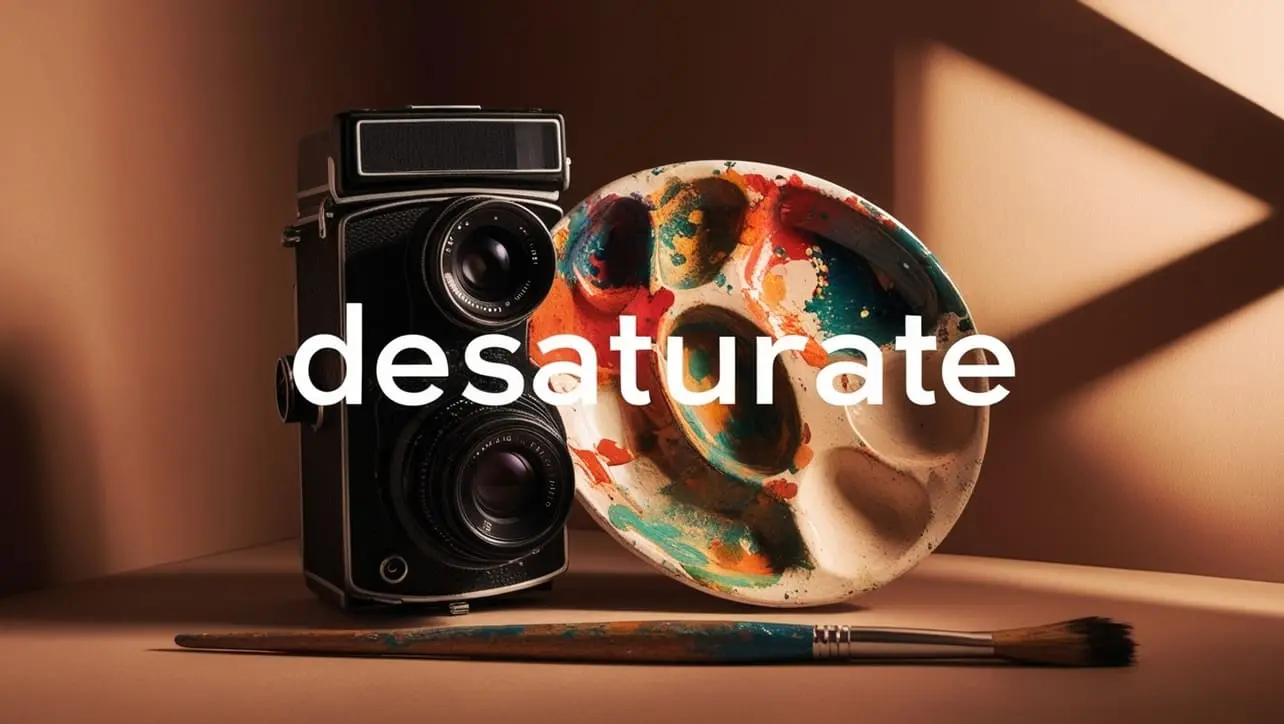
Sass Topics
- Sass Introduction
- Sass Installation
- Sass Nested Rules and Properties
- Sass Variables
- Sass @ Rules
- Sass Flow Control
- Sass Operators
- Sass Comments
- Sass Color Functions
- Sass Selector Functions
- Sass Introspection Functions
- Sass Map Functions
- Sass List Functions
- Sass Numeric Functions
- Sass String Functions
Sass desaturate() Function

Photo Credit to CodeToFun
🙋 Introduction
The desaturate() function in Sass is a powerful tool for manipulating colors. It reduces the saturation of a color by a specified amount, making the color less intense.
This function is useful for creating color variations, ensuring color harmony, and achieving specific design aesthetics without needing to manually adjust colors.
💡 Syntax
The syntax of the desaturate() function is straightforward. It takes two arguments:
desaturate(color, amount)🔢 Parameters
- color: A color value (e.g., #ff0000, rgb(255, 0, 0), hsl(0, 100%, 50%)).
- amount: A percentage value that specifies how much to desaturate the color (e.g., 20%).
↩️ Return Value:
The function returns a color with its saturation reduced by the specified amount.
📝 Example Usage
Let's dive into some examples to see how desaturate() can be used in real-world scenarios.
📜 Example 1: Basic Usage
$original-color: #ff0000; // Red
$desaturated-color: desaturate($original-color, 50%);
body {
background-color: $original-color;
color: $desaturated-color;
}In this example, the red color #ff0000 is desaturated by 50%. The resulting color will be a less intense red, moving towards gray.
📜 Example 2: Using RGB Colors
$original-color: rgb(0, 128, 0); // Green
$desaturated-color: desaturate($original-color, 30%);
button {
background-color: $original-color;
border-color: $desaturated-color;
}Here, a green color specified in RGB is desaturated by 30%, resulting in a duller green color for the border.
📜 Example 3: Desaturating in a Loop
$base-color: #0066cc; // Blue
@for $i from 1 through 5 {
.desaturate-#{$i} {
background-color: desaturate($base-color, $i * 10%);
}
}This example creates a series of classes with increasingly desaturated versions of the base blue color.
🎉 Conclusion
The desaturate() function in Sass is a versatile and easy-to-use tool for reducing the saturation of colors. Whether you're aiming to create a muted color palette or need to tone down specific colors for better visual harmony, desaturate() provides a simple and effective solution. Understanding and utilizing this function can significantly enhance your ability to manage colors in your Sass projects.
By mastering desaturate(), you can create sophisticated color schemes and improve the overall aesthetics of your web designs. Experiment with different colors and desaturation levels to see the wide range of possibilities this function offers.
👨💻 Join our Community:
Author

For over eight years, I worked as a full-stack web developer. Now, I have chosen my profession as a full-time blogger at codetofun.com.
Buy me a coffee to make codetofun.com free for everyone.
Buy me a Coffee












If you have any doubts regarding this article (Sass desaturate() Function), please comment here. I will help you immediately.